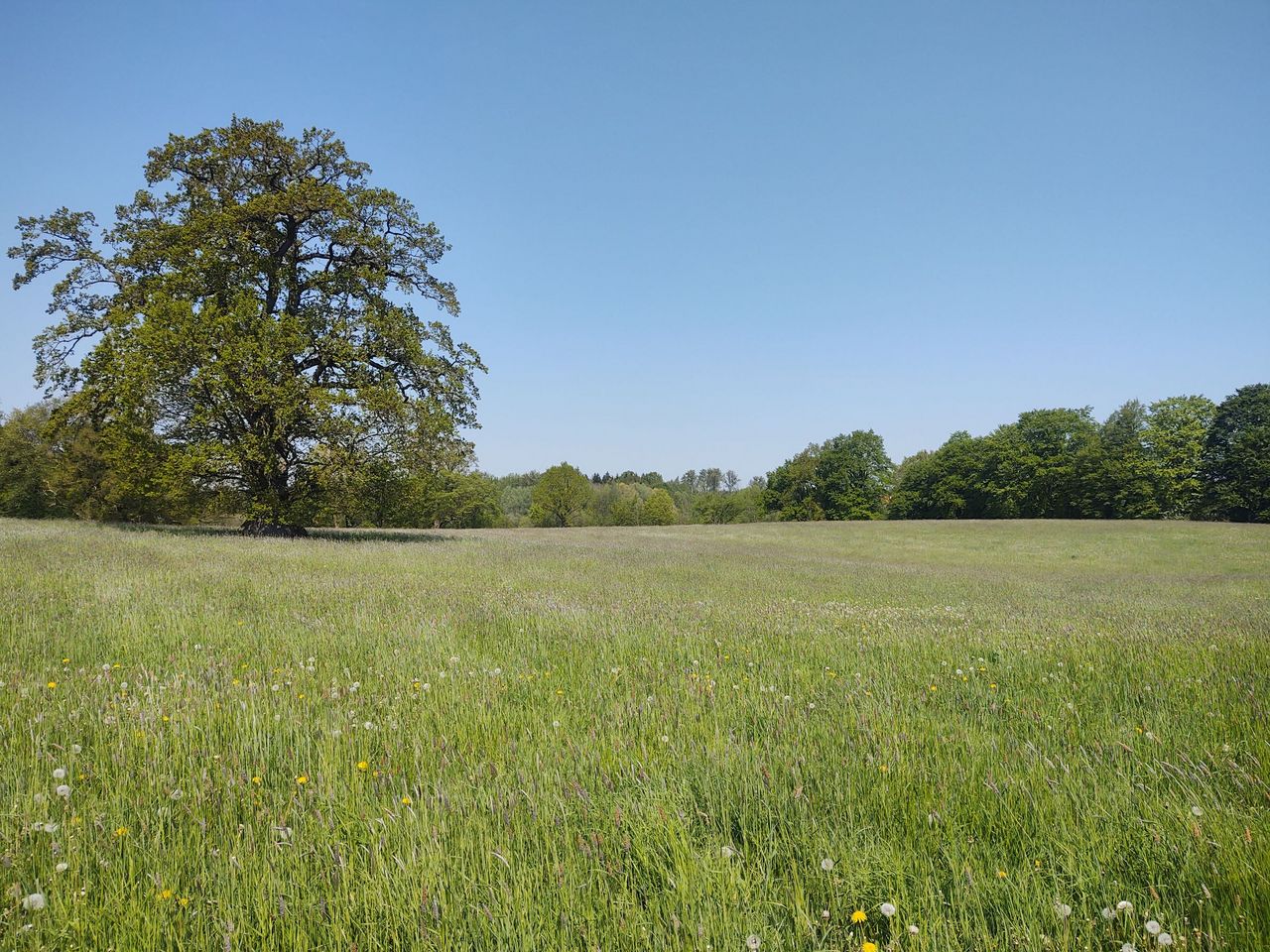Project
Grass-fed milk - seasonal calving in Germany?

Grass-fed Milk - Concenptional ideas for the implementation of seasonal calving of dairy cows in Germany in order to maximise the proportion of grass in the diet
Seasonal calving of dairy cows can facilitate the production of grass-fed milk. However, this is uncommon in Germany. Advantages for the national dairy sector, existing boundaries and a possible Implementation are unclear and will be debated in this project.
Background and Objective
Ruminant production and especially intensive, indoor milk production is associated with high GHG emissions and nutrient surpluses. In addition, a large proportion of products from German arable land are used for animal feed. In order to achieve climate protection goals and ensure food security, there is an enormous need for action to transform agricultural production systems for more sustainability.
Grass fed milk production (milk from grass) can reduce GHG emissions and minimize competition with human food on arable land. Within a pasture-based production system, energy consumption in production and production costs can also be significantly reduced, the animal welfare of farm animals can be positively influenced and product quality can be improved. This is also particularly interesting for organic producers because it can alleviate competition with conventional high yielding systems that supposedly produce with a lower carbon footprint.
In order to achieve these advantages, the proportion of grazed grass in the diet of dairy cows must be maximized. However, the growth of the sward is very seasonal due to weather conditions. Seasonal calving of dairy cows allows maximum utilization of grass growth during the growing season and lactation periods and is widespread in other countries that produce purely pasture-based milk; e.g. Ireland and New Zealand. Blocked spring calving synchronizes the lactation period with the seasonality of grass growth.
However, possible feed intake of grass products in general and of grazed grass in particular is limited, which, given the prevailing animal genetics, can have negative impacts on milk yields and animal health. The seasonal production pattern also poses challenges for the processing industry. Seasonal calving is therefore not widespread in Germany. On the few farms that produce seasonally, autumn calving is often preferred to spring calving. It is unclear which of the outlined advantages can be exploited under the given climatic conditions and where limitations might be reached during implementation. This is particularly true for spring calving, which is superior in terms of maximum utilization of pasture feed during lactation.
The aim of the research project is to analyse the possibilities, potential advantages and limitations of seasonal calving in Germany through a literature review. The aim is to discuss which aspects can be used profitably to transform agricultural production and where there are potential synergies and conflicts within the agricultural and food systems and across system boundaries. Conceptual ideas for the implementation of seasonal calving in Germany will be developed and published, which can be used as a basis for the development of location-specific, innovative and sustainable production systems.
Approach
The research project is primarily carried out through literature research. First, an overview of national and international studies on the topic will be prepared. Based on this, the transferability of the individual aspects of seasonal production to the conditions prevailing in Germany is evaluated.
Our Research Questions
- Which aspects of seasonal calving of dairy cows can be used in Germany?
- How would a system change affect GHG and nutrient balances of milk production?
- What challenges must be overcome during implementation and what obstacles exist?
- What could a location-specific implementation look like?

![[Translate to English:] [Translate to English:]](/media/_processed_/8/e/csm_Bildschirmfoto_2021-03-03_bearb_fc48ac88bf.jpeg)
![[Translate to English:] [Translate to English:]](/media/_processed_/8/e/csm_Bildschirmfoto_2021-03-03_bearb_ba3ec0e9d7.jpeg)
![[Translate to English:] Logo des Bundesministerium für Ernährung und Landwirtschaft](/media/allgemein/logos/BMEL_Logo.svg)